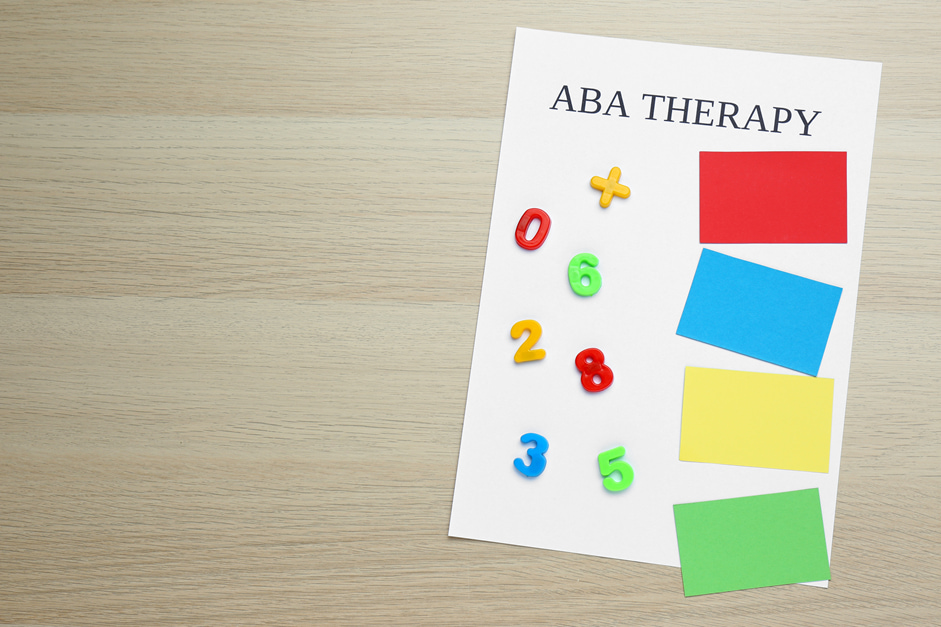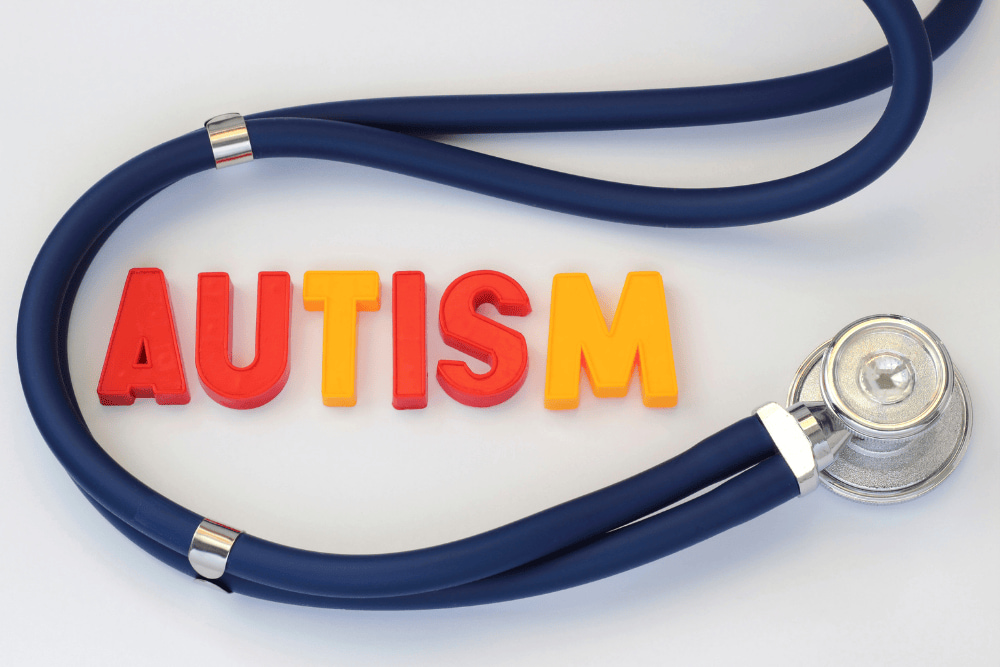Understanding Noncontingent Reinforcement
Noncontingent Reinforcement (NCR) is a procedure commonly used in the field of Autism Spectrum Disorder (ASD) to reduce problem behaviors and promote positive outcomes for individuals with ASD. Above and Beyond Therapy explores Noncontingent Reinforcement (NCR) in ABA, offering valuable insights into its effectiveness as an intervention strategy.

What Is Noncontingent Reinforcement?
Noncontingent reinforcement (NCR) in ABA is a behavior intervention technique where reinforcement is delivered on a fixed or variable schedule, regardless of the individual’s behavior. NCR reduces problem behaviors by meeting needs before they arise. It's used for attention-seeking, escape, or access behaviors in home, school, or clinical settings.
NCR is considered a low-effort procedure that can be easily implemented in various settings, including after-school programs. It is particularly useful for individuals who engage in difficult behaviors that may be dangerous if left untreated. By providing consistent access to reinforcers, NCR can help create a more positive and supportive environment for individuals with ASD.
Benefits of Noncontingent Reinforcement
There are several benefits associated with the implementation of NCR as an intervention strategy. Here are three advantages of noncontingent reinforcement:
Everyday Caregivers Can Effectively Implement NCR
Noncontingent reinforcement can be successfully implemented by nonbehavioral providers, such as teachers and parents, with high fidelity. This makes it an accessible and effective procedure for collaboration among professionals involved in the care of individuals with ASD.
Using Noncontingent Reinforcement to Guide Future Strategies
NCR can serve as an initial intervention to address problem behaviors and provide staff with time to develop more detailed interventions and teach and reinforce appropriate behaviors. By using noncontingent reinforcement as a starting point, professionals can observe the individual's response and gather valuable data to inform future interventions.
Positive Impacts of NCR in After-School Settings
Noncontingent reinforcement has been found to be effective in decreasing problem behaviors in individuals with ASD, particularly in a group after-school setting. By combining NCR procedures with video modeling and corrective feedback, after-school staff can enhance the effectiveness of the intervention and promote positive behavior changes.
Effectiveness of Noncontingent Reinforcement
Noncontingent Reinforcement (NCR) has been proven to be an effective intervention for reducing problem behaviors across various settings, particularly in individuals with Autism Spectrum Disorder (ASD). Research shows that providing access to preferred items or focusing on a fixed schedule can decrease the motivation to engage in disruptive or harmful actions.
Promoting compliance is an essential aspect of managing autism, and NCR has been found to be effective in achieving this goal. In a study involving an 8-year-old girl with autism, the noncontingent delivery of an edible item was sufficient to increase compliance and decrease the rate of problem behaviors.
Implementation of NCR
When it comes to implementing noncontingent reinforcement for individuals with Autism Spectrum Disorder (ASD), there are various settings and contexts where this approach can be effectively utilized. Let’s explore the implementation of NCR in after-school settings and its use for addressing challenging behaviors.
NCR in After-School Settings
Noncontingent reinforcement has proven to be an effective intervention for reducing problem behavior in students with ASD in after-school settings. These programs offer an ideal environment for NCR due to trained staff and structured activities. Its low-effort nature makes it feasible in a setting where resources are limited.
Implementing NCR involves providing frequent access to preferred items or activities, regardless of behavior. This reduces the need for autistic individuals to engage in problem behaviors to gain attention or desired items, fostering a more positive environment and promoting appropriate behavior.
Using NCR for Challenging Behaviors
Noncontingent reinforcement is effective for individuals with challenging behaviors, especially when extinction-induced behaviors may be dangerous. It shifts the focus from solely addressing problematic behaviors to consistently reinforcing appropriate ones, helping individuals learn adaptive ways to obtain reinforcement.
Nonbehavioral providers, such as teachers and parents, can implement NCR with high effectiveness, making collaboration essential. NCR serves as a foundational intervention that allows staff to develop more detailed strategies while promoting positive behavior change.
5 Key Steps of the NCR Procedure in ABA
Implementing noncontingent reinforcement effectively involves several structured steps to ensure consistency and positive outcomes.
- Identify Reinforcers: Determine the preferred items or activities that function as reinforcers for the individual.
- Set Schedule for Access: Establish a schedule for delivering these reinforcers at regular intervals, regardless of the individual's behavior.
- Deliver Reinforcers: Provide access to the identified reinforcers consistently, ensuring that the individual receives them without needing to engage in problem behavior.
- Monitor Behavior: Observe and record the frequency of problem behaviors and appropriate behaviors throughout the implementation of NCR.
- Adjust Schedule as Needed: Based on observations, adjust the timing and type of reinforcers to maintain effectiveness and to promote appropriate behavior.
Achieving Positive Change with Noncontingent Reinforcement
Empowering non-behavioral professionals, such as parents, teachers, and support staff to implement techniques like Noncontingent Reinforcement can lead to transformative, positive change in the lives of autistic children. At Above and Beyond Therapy, we are deeply committed to crafting individualized strategies that honor each child’s unique strengths and needs. Through close collaboration with families, we create nurturing, supportive environments where children can thrive.
Contact us today to learn how our personalized approach, including using methods such as Noncontingent Reinforcement, and collaborative support can make a lasting difference.
FAQ: Understanding and Using Noncontingent Reinforcement (NCR)
Can I use noncontingent reinforcement at home with my child?
Yes! NCR can be used at home by parents and caregivers. It’s as simple as providing attention, breaks, or access to favorite items at set times to prevent problem behaviors. A behavior specialist can help you create a schedule that fits your child’s needs.
How do I know if I’m using noncontingent reinforcement correctly?
To use NCR effectively, make sure the reinforcement is meaningful to the individual and is delivered consistently on a set schedule and not based on behavior. Tracking behavior before and after implementation can also help show if it's working.
What’s the difference between contingent and noncontingent reinforcement?
Contingent reinforcement is given only after a specific behavior occurs, reinforcing that behavior by making it more likely to happen again. In contrast, noncontingent reinforcement (NCR) is delivered on a set schedule regardless of behavior, with the goal of reducing problem behaviors by meeting the individual's needs proactively.
While contingent reinforcement teaches and strengthens desired behaviors, NCR helps prevent challenging behaviors by reducing the motivation to engage in them.


.jpg)





.png)



